
- Home
- Photography Tours
- Diary / Blog
- Galleries
- Foreign Trips
- Tasmania 2016
- NE Queensland 2016
- Western Alps 2016
- NE Spain 2016
- Australia's Wet Tropics 2015
- Australia's Top End 2015
- SW Australia 2015
- Switzerland 2015
- Andalucia 2015
- Belize 2015
- Australia 2014
- Switzerland 2014
- Belize 2014
- Bahama Islands 2014
- Switzerland 2013
- Ecuador 2012-2013
- Florida 2011-2012
- Vancouver Island 2011
- Australia 2010
- Peru 2008
- Bulgaria 2007
- Lesvos 2006
- California 2006
- New Zealand 2005
- Extremadura 2005
- Goa, India 2004
- The Gambia 2003
- About
July 2014
1st-7th July 2014
Valais, Switzerland
The diversity of butterflies in Valais at the end of June and the beginning of July is at its peak with well over 100 species on offer. Unfortunately the weather was not ideal for most of this week, being largely overcast and windy with much cooler temperatures. It even dipped below zero at altitudes as low as 1800m on a couple of occasions causing heavy early morning ground frosts!
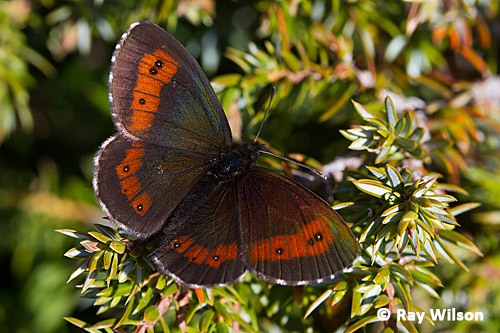
Large Ringlet (Erebia euryale)
Despite the less than ideal conditions, I still managed to see about 50-60 species this week and a few of them are shown here...
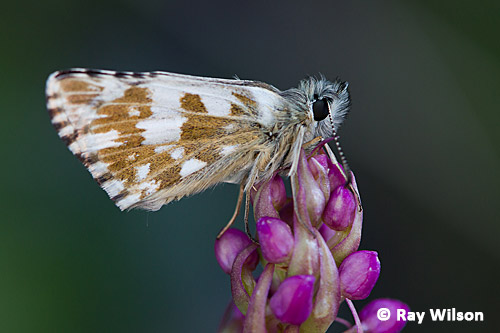
Large Grizzled Skipper (Pyrgus alveus)
I'm not 100% sure what species of Pyrgus skipper is shown in the above photo as it was roosting and never opened its wings to show the uppersides, but I think it might be a Large Grizzled Skipper.
[update 12/8/14 : Thanks to Guy Padfield for confirming that the above photo looks almost certain to be a Large Grizzled Skipper (P. alveus)]
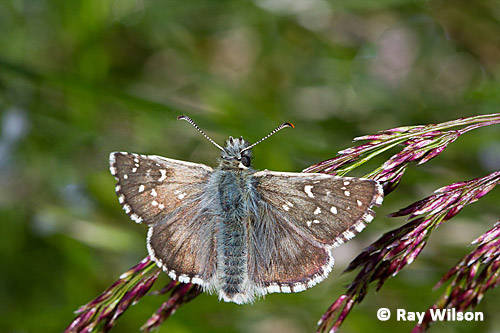
Carline Skipper (Pyrgus carlinae)
The above skipper was a lot more obliging, and the c-shaped white spot on the upper forewing identifies it as a Carline Skipper.
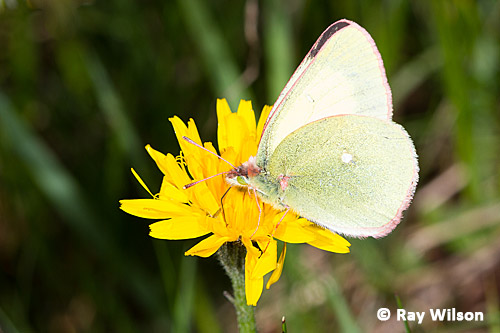
Moorland Clouded Yellow (Colias palaeno)
The various species of Clouded Yellows present in Switzerland are probably the hardest group to photograph as they are extremely active butterflies and very rarely sit still.
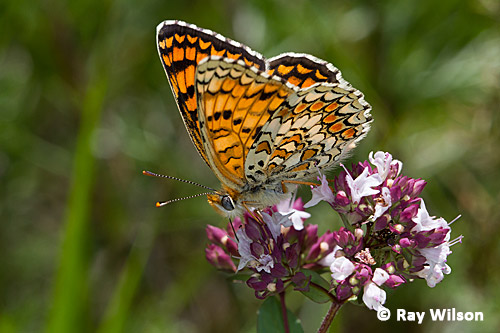
Knapweed Fritillary (Melitaea phoebe)
Knapweed and False Heath Fritillaries were common at several locations.
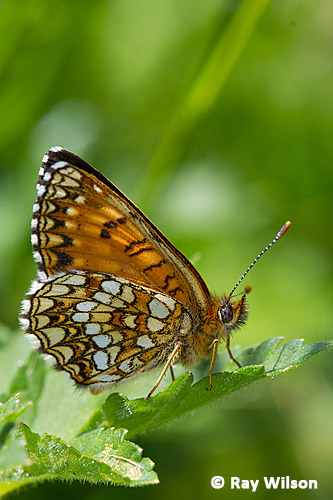
False Heath Fritillary (Melitaea diamina)
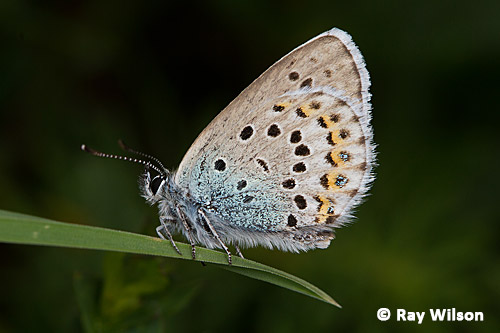
Idas Blue (Plebejus idas)
Large groups of the colonial Idas Blues could occasionally be found gathering on the damp ground on the banks of streams, while Mazarine Blue was common just about everywhere.
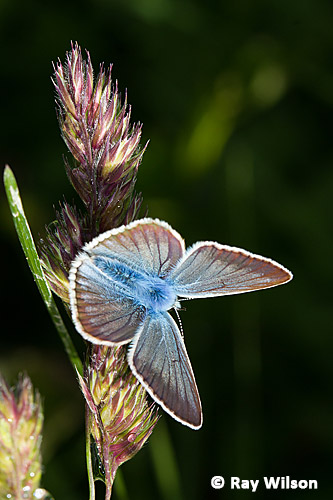
Blue sp. (Lycaenidae)
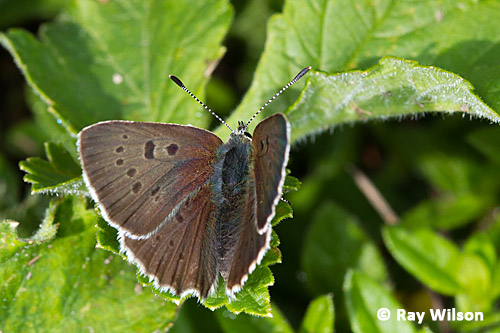
Sooty Copper (Lycaena tityrus subalpina)
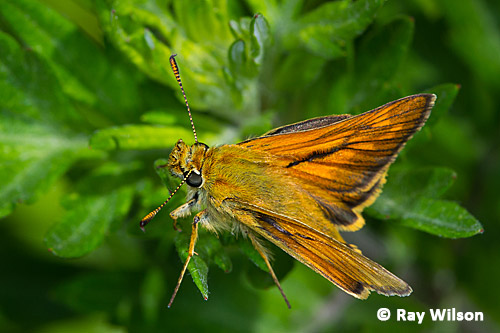
Large Skipper (Ochlodes venatus)
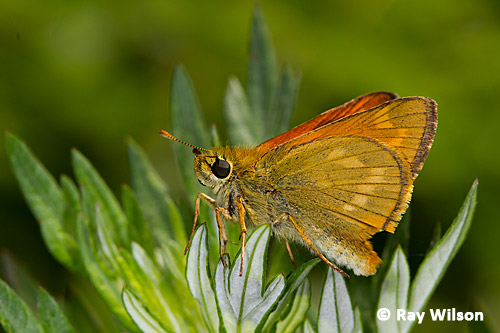
Large Skipper (Ochlodes venatus)
Volucella bombylans is a common bumblebee mimic whose larvae inhabit the nests of social wasps (Vespula vulgaris and V. germanica) as well as the nests of bumblebees where they feed on the nest detritus and also occasionally attack their host's brood.
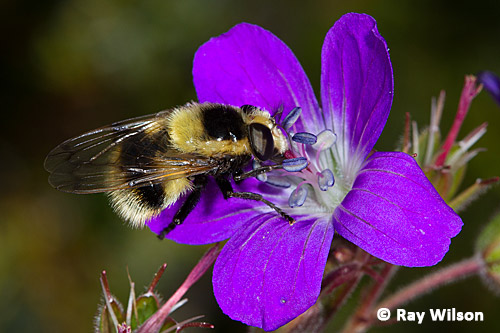
Bumblebee-mimic Hoverfly (Volucella bomylans)
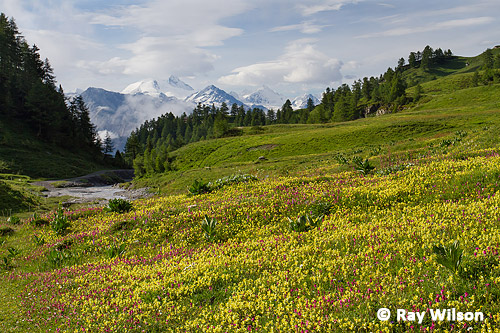
Some of the higher altitude meadows were still stunningly beautiful. This one mainly consisted of Yellow Rattle (Rhinanthus minor) and Verticillate Lousewort (Pedicularis verticillata), but also held a small colony of Round-headed Orchids (Traunsteinera globosa) which were just starting to come into flower.
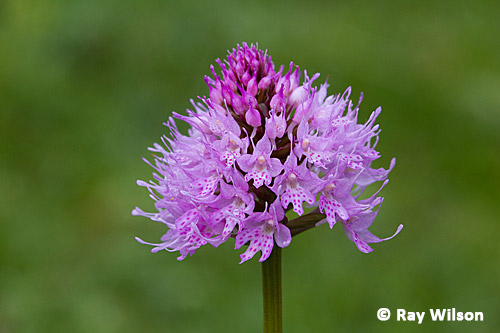
Round-headed Orchid (Traunsteinera globosa)
The Great Yellow Gentians were also just starting their flowering season.
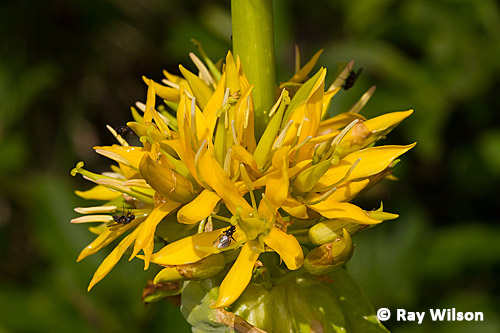
Great Yellow Gentian (Gentiana lutea)
Both Great Yellow Gentian and White False Helleborine are large common plants which can easily be confused when not in flower, but as soon as they begin to bloom they are totally unmistakeable.
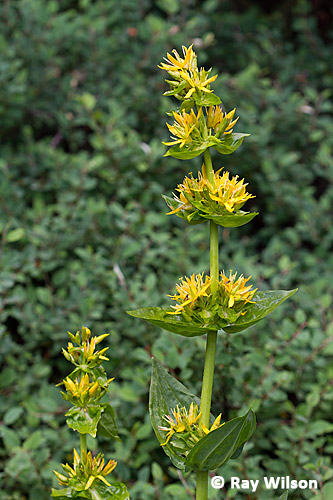
Great Yellow Gentian (Gentiana lutea) |
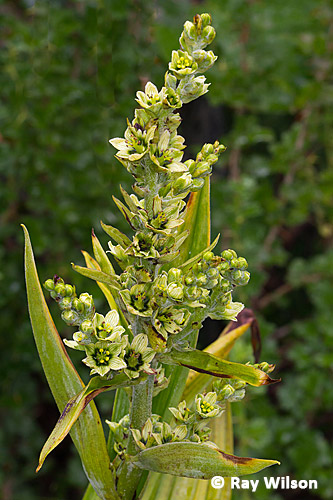
White False Helleborine (Veratrum album) |
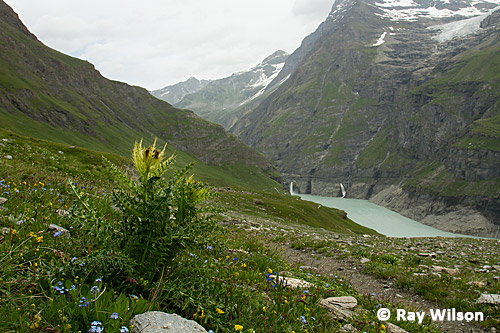
Spiniest Thistle (Cirsium spinosissimum)
A lot of my time this week was spent searching for Edelweiss in the high pastures. I managed to find numerous plants that I'm pretty certain were Edelweiss with large swollen flower buds that looked ready to open, but it unfortunately looked like it was just a little bit too early for any to be in flower. I'll just have to make sure my schedule allows me to stay a bit later next year...
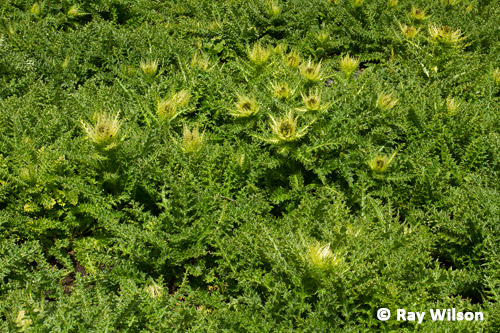
Spiniest Thistle (Cirsium spinosissimum)
The characteristic Spiniest Thistle is common in many damp places at high altitude and often forms impenetrable carpets in sheltered spots, or at least they are impenetrable if you don't have thick trousers on and don't want your legs to get scratched to bits!
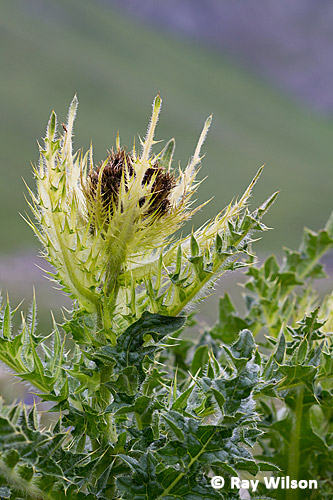 Spiniest Thistle (Cirsium spinosissimum) |
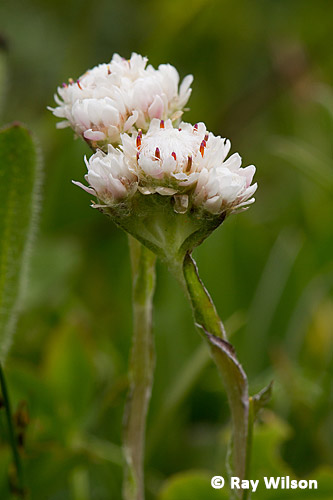 Mountain Everlasting (Antennaria dioica) |
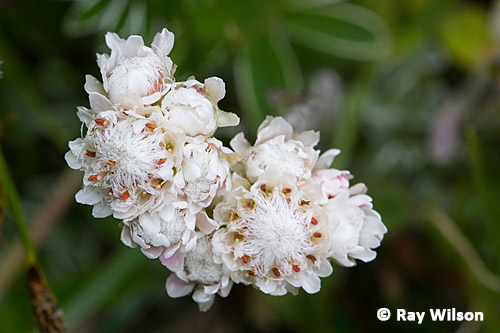
Mountain Everlasting (Antennaria dioica)
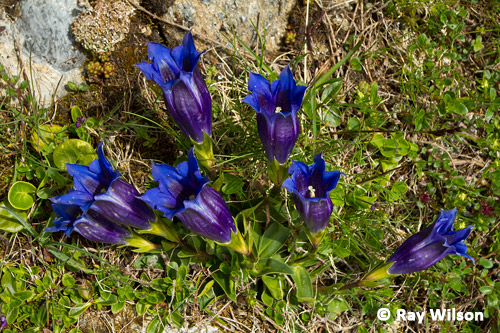
Clusius's Gentian (Gentiana clusii)
Gentiana clusii is very similar to the equally common Trumpet Gentian (Gentiana acaulis) but can be identified by its straight-sided sepals. Trumpet Gentian has spear-shaped sepals.
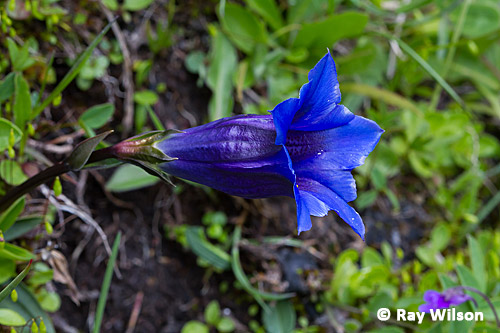
Clusius's Gentian (Gentiana clusii)
Mountain Houseleek is easily distinguished from Common Houseleek by its longer, narrower petals and smaller leaf rosettes.
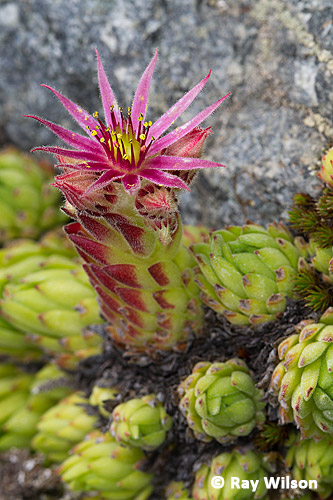 |
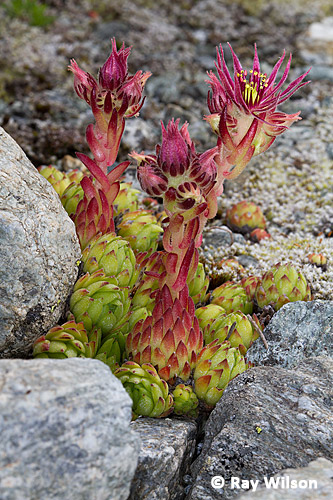 |
Mountain Houseleek (Sempervivum montanum)
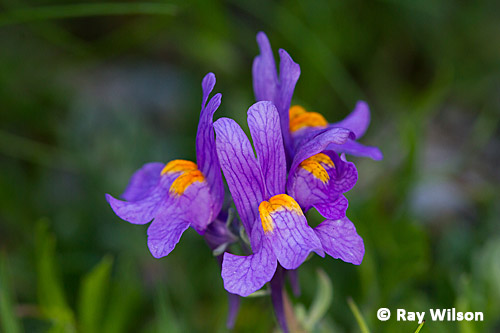
Alpine Toadflax (Linaria alpina)
Black Vanilla Orchid is a very common orchid that was only just starting to come into flower on the high pastures.
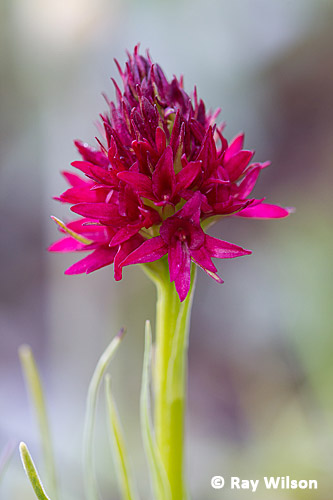 Black Vanilla Orchid (Nigritella nigra agg.) |
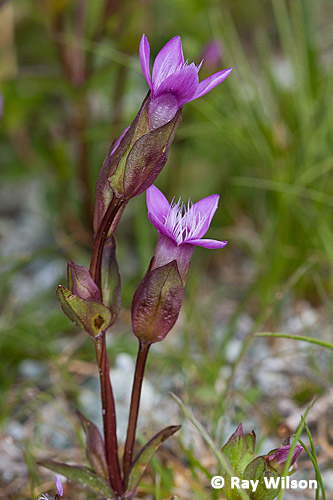
Field Gentian (Gentiana campestris campestris) |
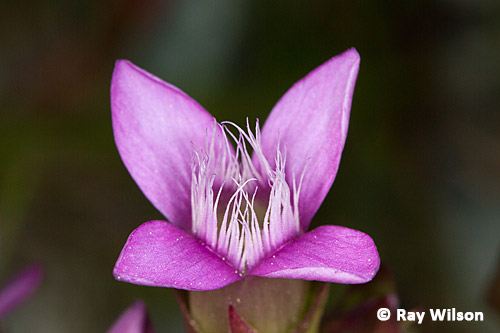
Field Gentian (Gentiana campestris campestris)
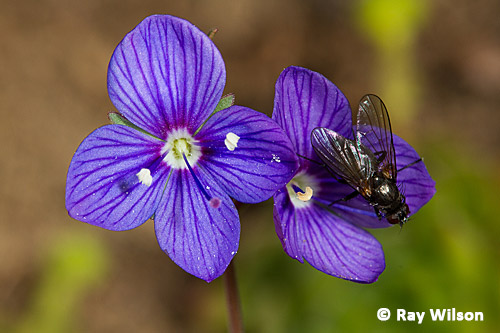
Rock Speedwell (Veronica fruticans)
The flowers of Alchemilla conjuncta are not in the least impressive, but its beautiful silver-fringed leaves more than make up for its floral deficiences.
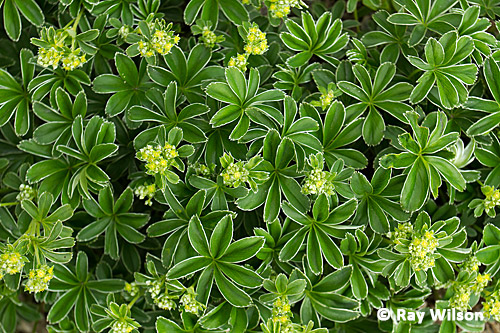
Silver Lady's-mantle (Alchemilla conjuncta agg.)
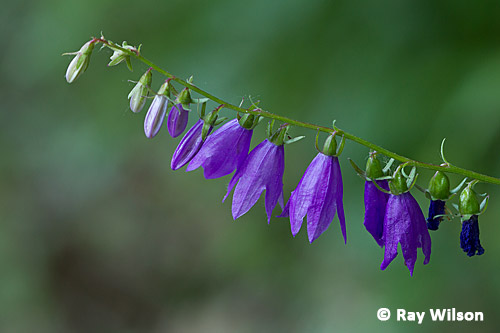
Creeping Bellflower (Campanula rapunculoides)
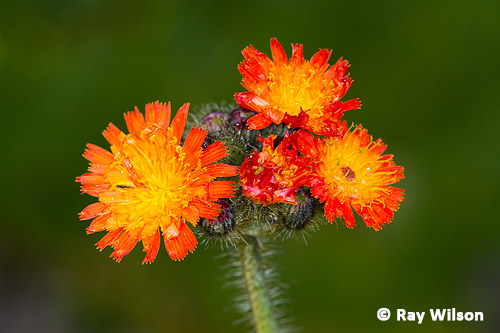
Fox-and-cubs (Hieracium aurantiacum)
The Common Foxglove (Digitalis purpurea) that is so widespread throughout most of the rest of northern Europe doesn't occur in Valais, and instead Large Yellow Foxglove is the most common representive of the genus to be encountered.
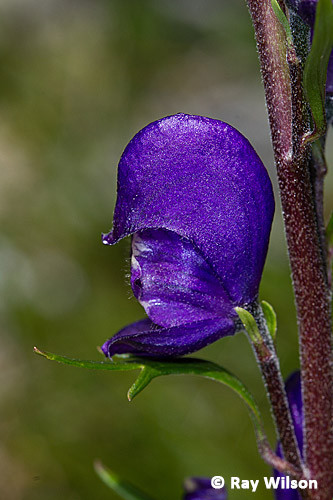
Common Monkshood (Aconitum napellus) |
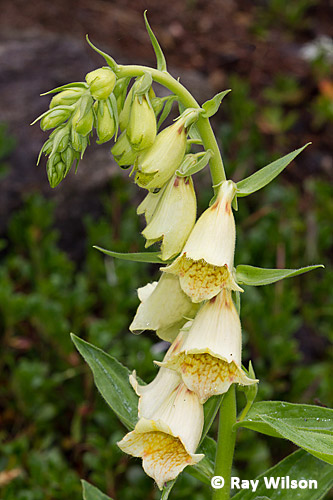
Large Yellow Foxglove (Digitalis grandiflora) |
Ray Wilson owns the copyright of all images on this site.
They may not be used or copied in any form without prior written permission.
raywilsonphotography@googlemail.com